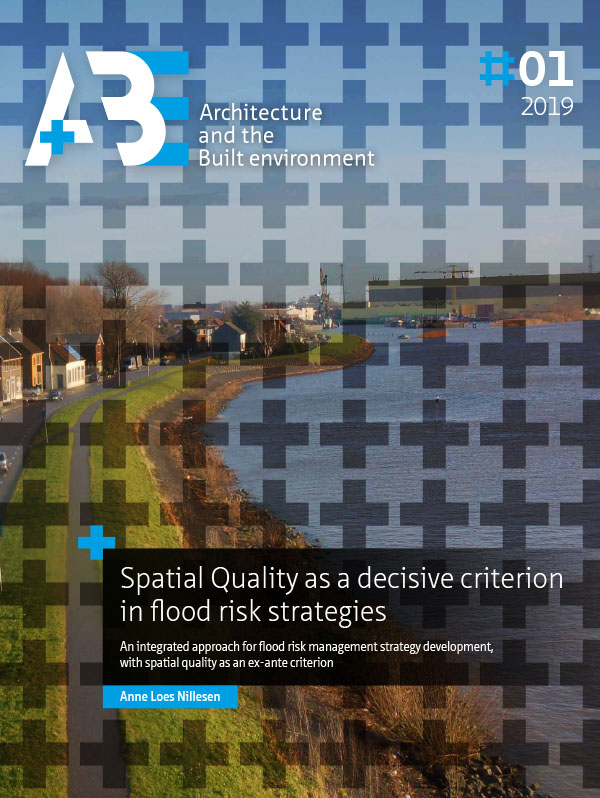Flood Risk and Spatial Quality
A Paradigm Shift in Dutch Flood Risk Reduction Strategies
DOI:
https://doi.org/10.7480/abe.2019.1.3738Abstract
This book chapter describes the current practice with regard to combined approaches for flood risk management and spatial quality enhancement in the Netherlands. Currently, there is a requirement to extend the current flood risk system because of increased flood risk (caused by climate change and increased investments in the protected area) and new insights with regard to acceptable risks. Flood risk measures nowadays need to be implemented in a context in which local stakeholders emphasise aspects such as spatial quality and ecology.
In this contemporary context, we see interesting developments with regard to combined approaches for flood risk protection, such as, for instance, the experimental flood proof building programme, the ‘building with nature’ concept (in which natural principles are employed for flood risk protection), the atelier for coastal quality (that as part of the Delta Programme developed integrated designs for coastal protection and quality) and the ‘Room for the River’ project (in which, as an alternative to dike reinforcement, the water load is reduced by creating extra space for the river to expand).
For this research, the ‘Room for the River’ project is an important reference. Within the project, which aims to address more extreme river discharges, spatial quality is an important secondary objective. Next to the availability of extra budgets, a ‘Quality Team’ was established to supervise the inclusion of spatial quality objectives. The project addressed the growing resistance against the elevation of traditionallybuilt levees, by offering an alternative option of lowering the water levels by improving the flow capacity of the river (for example, by creating a bypass to widen the river).
Within the development of the combined method for flood risk and spatial quality, different aspects have been inspired or based on the ‘Room for the River’ approach. Among such aspects are the dual flood risk and spatial quality objective, the principle of providing alternative options for flood risk management interventions, and the inclusion of a spatial quality assessment.

